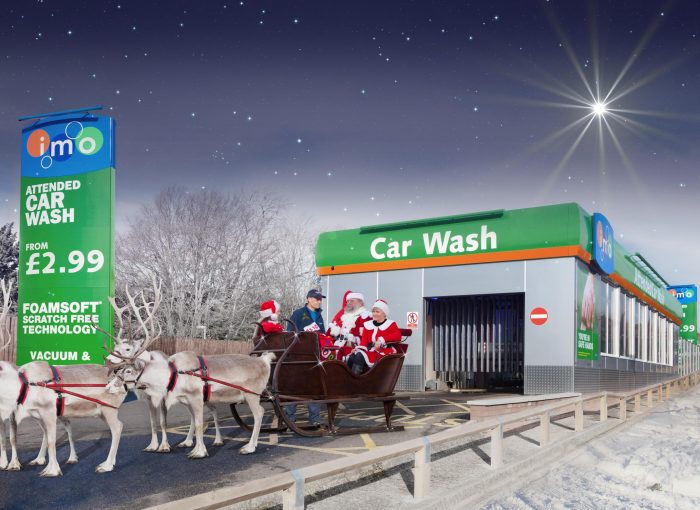Today’s cars don’t rust anything like they used to. However, road salt is still sprayed around the streets during the winter and there are steps you can take to protect your car from corrosion. Read on to find out how.
Where road salt will damage your car
Super quick chemistry lesson: rust is iron oxide, the combination of iron (in the metal) and oxygen. Road salt, sodium chloride, when mixed with water acts as a catalyst to encourage the reaction between metal and oxygen.
Where salt is most likely to strike your car is anywhere salty water gets splashed. That’s underneath, in the wheel arches, and on the trailing edge of doors and the bonnet.
What can you do to protect your car?
There are various steps you can take to ensure your car stays protected. The most obvious is waxing it. Give your car a good wash, then dry it before applying the wax. This will form a protective layer over your paintwork and stop the salt attacking it.
If you want to go the extra mile, you could take your car to the garage and ask them to apply a wax seal. These contain rust inhibitors and form a protective coat over the underside of the car. It’s a tricky and messy job and will cost upwards of £300.
If you don’t fancy the financial outlay, it is something a keen DIY mechanic will be able to do.
Is there a simple way of stopping rust?
The best way to prevent salt and rust attacking your car is to avoid driving in wet conditions. Of course doing this isn’t always realistic. But when you do drive along a wet road, try to avoid driving through puddles.
And you can wash your car regularly. Using a pressure washer is best as this will blast the salty gunk off the car’s underside. Give the wheel arches a good spray too as gunk connects here.

What you can do realistically?
Going into winter, have your car waxed. The more thoroughly you can do this the better. You could perhaps wax it and then apply a seal to your car’s paintwork. This should afford it some decent protection for a few months.
We realise that suggesting you pressure clean the underside of your car on a weekly basis probably isn’t going to err, wash. But if you’re worried about your car corroding underneath, try to do it at least every few weeks over the winter months. It’ll save the outlay of having an underseal applied.
Also look out for your car’s drainage holes. All motors have them, usually in front of the windscreen and the bottoms of the doors. These can become blocked, causing water to build up in places where it probably shouldn’t. Make sure these are letting water out and again, you’ll minimise the chances of rust starting in the first place.

I’ve been writing about cars and motoring for more than 25 years. My career started on a long-departed classic car weekly magazine called AutoClassic. I’ve since pitched up at Autosport, Auto Express, the News of the World, Sunday Times and most recently the Daily Telegraph. When I’m not writing about cars and motoring, I’m probably doing some kind of sport or working in my garden.







